If you are in the field of manufacturing, you might have come across the term extrusion moulding. Extrusion moulding is a popular manufacturing process that has a ton of applications in various industries. In this article, we will discuss everything you need to know about the extrusion moulding process.
What is Extrusion Moulding
Extrusion moulding is a manufacturing process that uses raw materials in various forms to create shapes and profiles. The process entails heating up raw materials and passing them through a die, which gives the materials the desired shape.
The extrusion moulding process is popular for creating products with consistent cross-sectional shapes, which are used in various industries, including construction, packaging, and transportation.
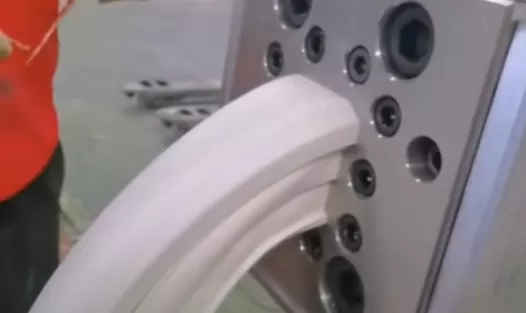
Various materials such as plastics, rubber, metal, and ceramics can be used in the extrusion moulding process. The process allows for the production of products with different sizes, shapes, and colors.
The process of extrusion involves four main components. These are:
- Extruder
- Die
- Cooling system
- Take-up system
The extruder is responsible for heating and melting the material, which is then forced through the die. The die is a shaped opening that determines the shape of the final product. The cooling system helps to cool the product after it leaves the die. Finally, the take-up system pulls the product away from the cooling system and winds it onto a spool or coil.
How Does Extrusion Moulding Work
Extrusion moulding works by heating the raw materials and passing them through a die. The extrusion machines used in this process are designed to handle various materials and shapes.
The raw materials are fed into the extrusion machine, where they are melted and passed through a die to form the desired shape. The die has an opening that is shaped according to the product’s cross-sectional shape. The die could be round, oval, square, or any other shape required.
The extruded material is then cooled before being cut to the desired length. The length of the extruded material could vary depending on its application.
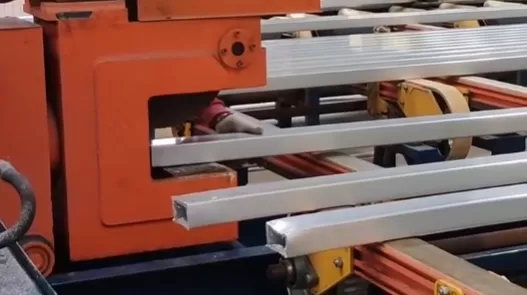
Materials Used in Extrusion Moulding
Extrusion moulding is a manufacturing process that entails pushing a material through a die to produce a continuous profile. The process is used to create a variety of products, including pipes, tubes, and sheets. The following are materials commonly used in extrusion moulding.
Polyethylene (PE)
PE is a thermoplastic polymer that is widely used in extrusion moulding. It is a versatile material that is available in various densities and molecular weights. The material is affordable, easy to process, and resistant to chemicals and corrosion. PE is commonly used in the production of pipes, tubes, and films.
Polypropylene (PP)
PP is a thermoplastic polymer that is widely used in extrusion moulding. It is a lightweight material that is resistant to fatigue, chemicals, and moisture. The material is also affordable and easy to process. PP is commonly used in the production of packaging materials, medical devices, and automotive parts.
PVC
PVC is a thermoplastic polymer that is widely used in extrusion moulding. It is a durable material that is resistant to chemicals, weather, and fire. PVC is commonly used in the production of pipes, tubes, and profiles.
Polystyrene (PS)
PS is a thermoplastic polymer that is widely used in extrusion moulding. It is a lightweight material that is easy to process and has good dimensional stability. PS is commonly used in the production of packaging materials, toys, and household items.
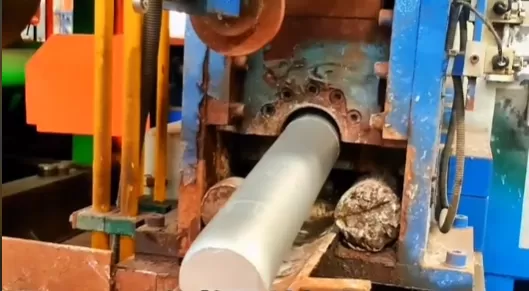
Acrylonitrile Butadiene Styrene (ABS)
ABS is a thermoplastic polymer that is widely used in extrusion moulding. It is a strong and durable material that is resistant to impact, chemicals, and heat. ABS is commonly used in the production of automotive parts, toys, and electronic housings.
Nylon
Nylon is a thermoplastic polymer that is widely used in extrusion moulding. It is a strong and durable material that is resistant to wear, chemicals, and moisture. Nylon is commonly used in the production of gears, bearings, and electrical components.
In conclusion, the choice of material in extrusion moulding depends on the desired properties of the final product. The materials listed above are just a few examples of the wide variety of materials available for extrusion moulding.
Applications of Extrusion Moulding
Extrusion moulding is a manufacturing process used to produce long and continuous products with a constant cross-section. This process is widely used in various industries due to its versatility and cost-effectiveness. Here are some of the applications of extrusion moulding:
Plastic Industry
The plastic industry is one of the largest users of extrusion moulding. It is used to produce a wide range of plastic products such as pipes, tubes, sheets, rods, and profiles. Extrusion moulding is preferred in the plastic industry because it can produce high volumes of products in a short amount of time, making it a cost-effective method.
Food Industry
Extrusion moulding is widely used in the food industry to produce food products such as pasta, breakfast cereals, snacks, and pet food. The process is preferred in the food industry because it can produce products with a uniform texture and shape, which is essential for maintaining the quality of the food.
Construction Industry
The construction industry uses extrusion moulding to produce a variety of products such as window frames, door frames, and panels. Extrusion moulding is preferred in the construction industry because it can produce products with high strength and durability, which is essential for maintaining the structural integrity of buildings.
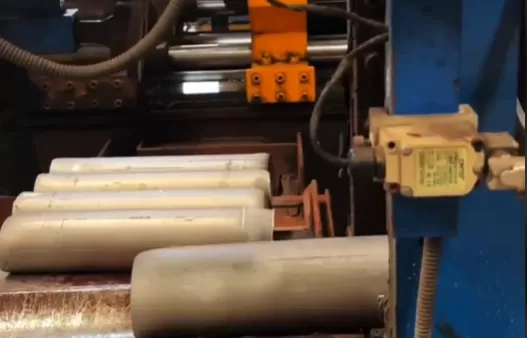
Automotive Industry
The automotive industry uses extrusion moulding to produce various components such as weatherstripping, seals, and trim. Extrusion moulding is preferred in the automotive industry because it can produce products with high precision and accuracy, which is essential for maintaining the safety and performance of vehicles.
Medical Industry
The medical industry uses extrusion moulding to produce various products such as catheters, tubing, and medical bags. Extrusion moulding is preferred in the medical industry because it can produce products with high purity and consistency, which is essential for maintaining the safety and efficacy of medical products.
In conclusion, extrusion moulding is a versatile and cost-effective manufacturing process that is widely used in various industries. Its ability to produce long and continuous products with a constant cross-section makes it a preferred method for producing a wide range of products.
Advantages of Extrusion Moulding
Extrusion molding is a process used to create objects of a fixed cross-sectional profile. Here are some advantages of using extrusion molding:
- Cost-effective: Extrusion molding is a cost-effective manufacturing process as it requires fewer raw materials compared to other molding processes. Also, it is a continuous process which helps in reducing production time and increasing efficiency.
- Versatility: Extrusion molding can be used to create a wide range of shapes and sizes. It can be used to make simple or complex profiles, hollow or solid shapes, and is suitable for a variety of materials.
- Consistency: Extrusion molding provides consistency in the product’s dimensions, weight, and shape. It ensures the uniformity of the product, which is important in industries like packaging and construction.
- Reduced waste: Extrusion molding produces less scrap waste, as it uses a continuous process. This helps in reducing material waste and lowering the production cost.
- Design flexibility: Extrusion molding allows for design flexibility. It can create products with varying wall thicknesses, surface finishes, and colors. Also, it can produce products with specific properties like UV resistance, flame retardancy, and food-grade compliance.
- Ease of automation: Extrusion molding is an easy process to automate. It requires minimal human intervention, which reduces the labor cost and the risk of errors.
Overall, extrusion molding is a cost-effective, versatile, and consistent manufacturing process that provides design flexibility and reduces waste.
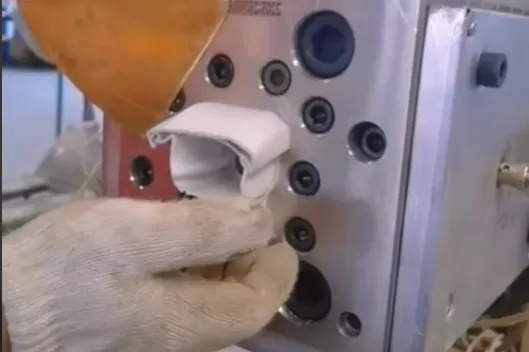
Conclusion
The extrusion moulding process is a popular manufacturing process used in various industries. It involves the melting of raw materials and passing them through a die to create products with consistent shapes and sizes. The process is affordable, fast, and results in high precision products. If you are looking to create products with consistent shapes and dimensions, consider the extrusion moulding process.


